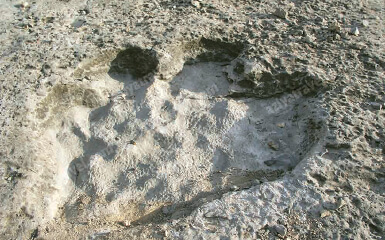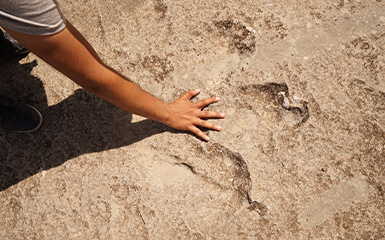Ashgabat
Alem Ferris wheel
State Museum
Fine Arts museum
Wedding Palace
Nisa fortress
Memorial Complex
Ertogrul Gazi Mosque
Neutrality monument
Independence Park
Turkmenbashi Ruhy Mosque
Olympic Village
Ylham Alley
Carpet Museum
Monument of Lenin
Ahal Region
Abivert
Altyn Depe
Annau
Darvaza
Geokdepe
Kowata
Mane baba
Zengi baba
Nedir Shah
Nokhur
Parzdepe
Sarahs baba
Seyit Jemaleddin mosque
Shahrislam
Ulug depe
Mary region
40 cupolas
Akcha Kala
Ancient Merv
Badkhyz
Chilburj
Gebeklytepe
Geok Gumbaz
Gurtly Depe
Kharoba Koshuk
Talkhatan Baba
Yekedeshik
Dashoguz region
Ashyk Aydyn Pir
Devkeshen
Ismamit ata
Kalaly-gyr
Kaplankyr Nature Reserve
Kunya-Urgench
Damla
Balkan region
Dehistan
Yangikala
Awaza
Gozli ata
Kemal ata
Mashat ata
Paraw bibi
Lunar Mountains
Shevlan Baba
Igdy kala
Another of the great attractions of Koytendag is the remains of dinosaurs. The traces were found in the north-western slope of Koytendag in the 1980s near the village of Hojapil. The dinosaur's footprints are flat, 500 meters long and 260 meters wide, with more than 400 footprints. According to Professor W. I. Sedlesky, these traces are footprints of plant-eating iguanodons and predatory dinosaurs that lived about 150 million years ago. So many of them have been found only in Turkmenistan and nowhere else (for the first time the remains of dinosaurs were found in the United States, then in Mongolia and China).
The Plateau is located in Turkmenistan's eastern corner on the border with Afghanistan and Uzbekistan in Lebap region in the heart of the Koytendag National Park that is the location of Turkmenistan’s highest mountain as well as waterfalls, lakes and caves.
The Hojapil Plateau in Koytendag was home to a number of dinosaur traces that have made it famous throughout the country. More than 2,500 dinosaur traces have been found here. These traces, once found by the locals, have been thought to be traces of elephants mounted by Alexander the Great armies for centuries. That is why the village was called Hojapil. Located on the north-western slope of the mountain in 1980, these traces have been studied by scientists. The dinosaurs lived 150 million years ago, during the time of the Upper Jurassic. The image of the three fingers on the back is clearly visible. Large traces have a diameter of 70-80 cm. The distance between the steps is 1.5 m. Thus, these giants are estimated to have a height of 8-12 m, a body length of up to 5 m, and a total weight of up to 5-10 t. The small, only 45 cm long traces next to those large traces are of great scientific interest. Probably a factor as to why they are doing so poorly. The plain, which is 500 m long and more than 200 m wide, has more than 2,500 traces preserved in various forms belonging to the Upper Jurassic period. Only in our country do the traces of endangered species once discovered by Turkmen scientists surprise the whole world.


